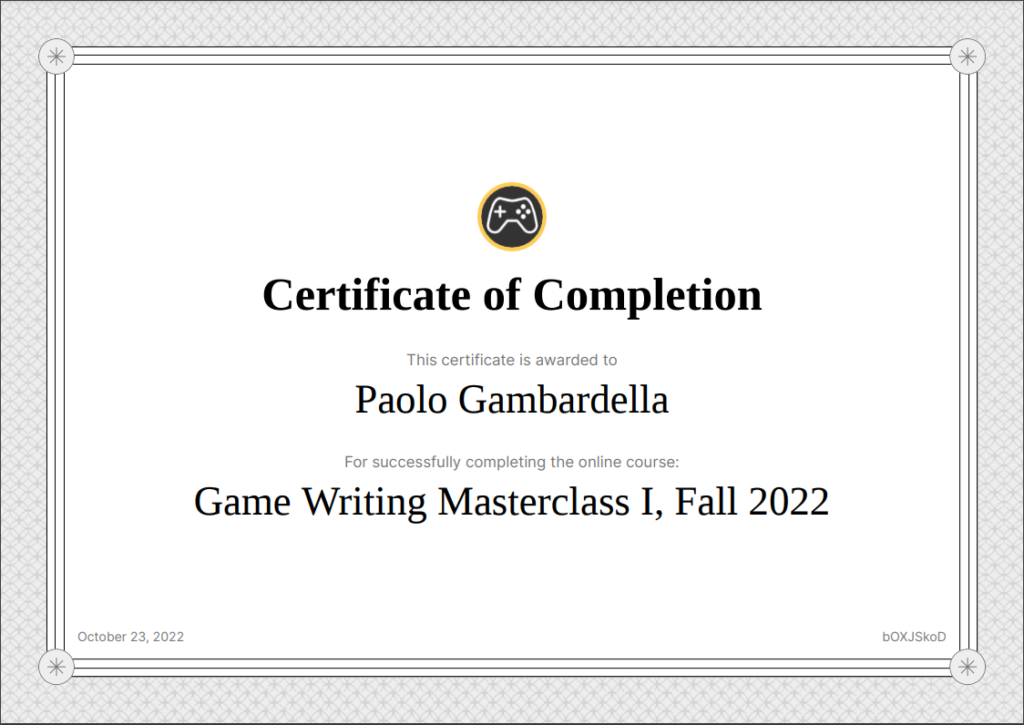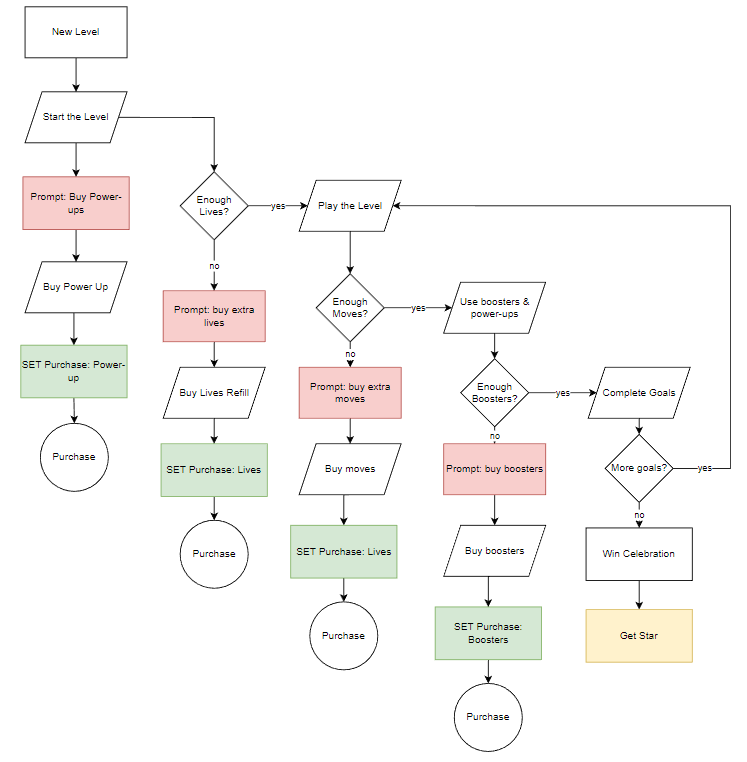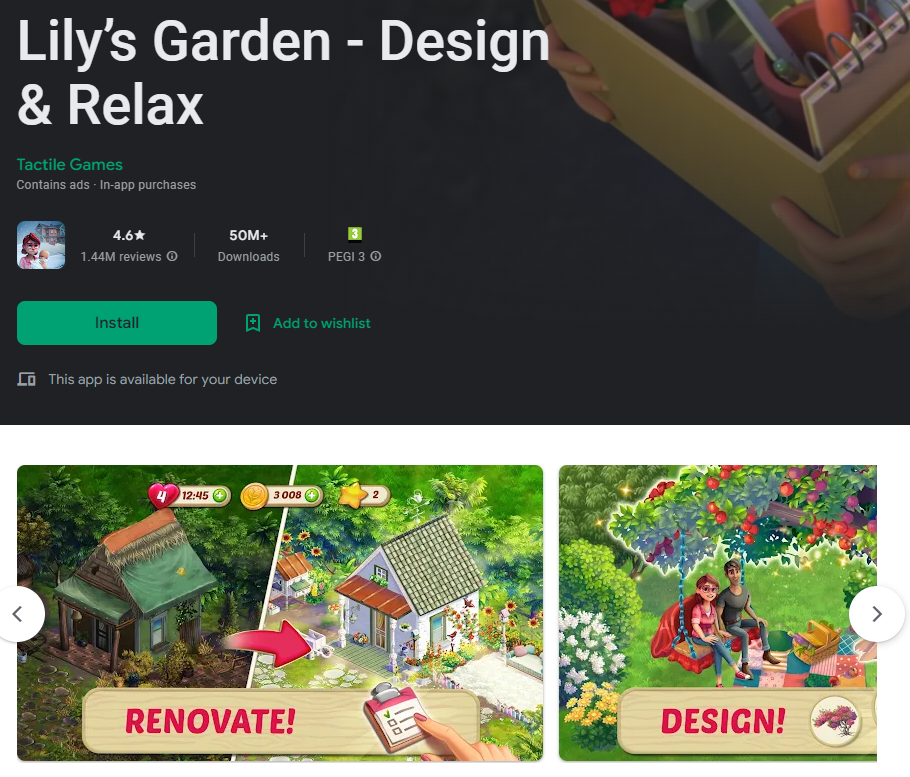Puzzle games with renovation mechanic are on top of the charts. They success is tremendous and they are clearly a red ocean market. Many companies try to swim that ocean, so that this week I have decided to make an experiment to celebrate that I got a certification from The Narrative Department.

The narrative system of Puzzle-Renovation games
The experiment consists of a design iteration to improve the narrative of puzzle-renovation games. I will consider this experiment completed once I have a playable prototype made in Twine featuring the result of this process.
One of the reasons why the Players churn is that they get stuck at some point. The progression curve of levels always goes up, so that with the time the puzzle part gets harder and it’s more difficult to progress through the story.
The issue comes because those games consider a positive outcome the fact of beating a level, but they do not consider all the efforts the Players make at all.

- At the start of the level, the Player may decide to use a power-up to get help for the level. The first time, the Player will not know how is the layout. Which is why new games warns when there is a hard level.
- The Player needs lives to start a level. In case they have no lives they should wait or get a lives refill. In order to mitigate this friction, most modern games use lives as an engagement tool. Give the Players infinite lives for X minutes and you will get longer sessions.
- Puzzle levels are based on a limited number of moves. When they end, the Player can get 2-5 extra moves to beat the level. There is strategy here, in fact the Players study the status of their goals and decide. When the Player is near to the win condition is generally more willing to get extra movements. In order to reach the sweet spot, the number of moves is data driven.
- During the level the Players may decide to use boosters which are like power-ups but “live”, because they can be got and used on the fly. The Players know the status of the board when they decide to get and use a booster. Boosters add deepness and strategy, they a great driver for monetization.
The Lens of Problem Statement
When the Player completes all the goals, the story continues and the house can be renovated. If we study this flowchart, thou, we can see that the Players can do a lot of things that can be considered positive toward that goal.
They can use a power-up at level start. Get a lives refill. They can get extra moves if they are near the win condition. They can use boosters. All those things are hardly rewarded by the renovation narrative of those games. This is the problem statement for this week:
How can we engage more the Players more interested in the story, rewarding every effort they make to reach better outcomes during the puzzle part?
- Target: puzzle renovation Players more interested in the story
- KPI engagement: average session number/day and average duration / session
- What: create new rewards that help the Players get interesting story outcomes based on puzzle efforts
The game I will use for the exercise is Lily’s Garden, by Tactile Games.

Be First to Comment